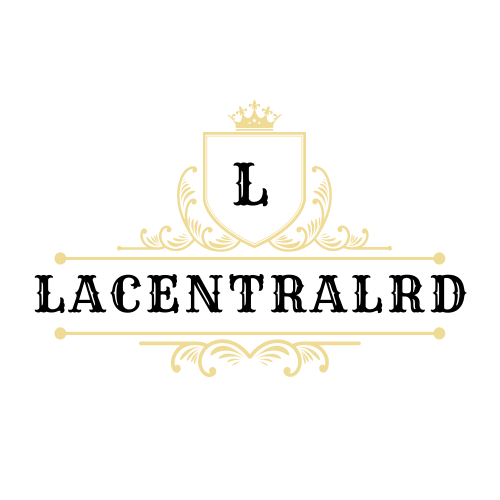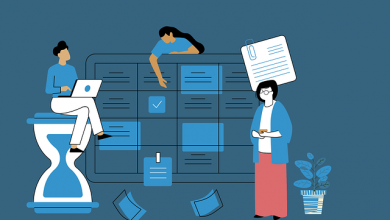With the advent of online tools and graphic design programs, it is now easier to whip up your own modern resume design. A visually attractive resume is an effective way to stand out from the pool of candidates. It can be exactly what you need to give yourself an edge and land a coveted interview.
It might be intimidating to design your own resume, especially if you have little to no experience in graphic design. By the end of reading this guide, you will learn how to create an appealing modern resume online with the tools at your disposal.
Table of Contents
Design Your Own Modern Resume:
Here is a run-down of the tasks involved in the creation of your own modern resume:
- Find Resume Inspiration
- Choose a Resume Builder
- Decide on a Template
- Add Information “Above the Fold”
- Add Work Experience
- Check the Content
The Step-By-Step Guide:
Below, you will find an elaboration of each step of the process.
Find Resume Inspiration.
Look for resume examples and take note of effective formatting styles including font size, font type, colors, white space use, and organization. You will want to use the same characteristics in your own resume.
By exposing yourself to these examples, you will have a better understanding of the necessary information and common design elements.
Choose a resume builder.
There are plenty of resume builders out there, but you should determine which one is right for you. Many websites are easy to use, but some of them charge a fee for the service.
One such online tool you can use is PosterMyWall, which is easy to use, easy on the eyes, and free of charge. There is also an option to pay a minimal fee to access higher-resolution images.
Decide on a template.
Hosting sites offer resume templates that will let you focus on highlighting your experience and skills. The template you use can be the thing that you need to get further than a competitor with comparable experience. A good one can positively impact the presentation of your skills and experience.
Most options have already been designed to be comprehensive and elegant, but the best one will ultimately depend on your prospective field and position. If you are gunning for a creative position, feel free to go for something more colorful and experimental. Some fields, however, will prefer something more formal.
No matter what, pick one that reflects your personality and showcases your skills at the same time. Ideally, the template can also display all the necessary information on a single page for easier viewing.
Add Information “Above the Fold”
After picking a resume template, fill it in with your full name, mobile number, house address, and email address. Optimize the top third or quarter of the resume, which is also known as “above the fold.” You need to make an impact here as it is the first thing that employers will see.
If you do not have a professional email address, it might be time to make a new one. Do not use your old teenage email, especially if it includes a weird nickname or word. Ensure that all information is correct so that employers can reach you without a hitch.
Stick to narrow margins and provide concise details here. While this portion has important information, there are more important things to highlight. This way, you can leave space for other strategic information and skills.
Add Skills and Experience.
Work experience is where you can highlight relevant training and previous positions that have prepared you for the position you are applying for.
When pressed for time, recruiters will probably scan your previous roles and use this to decide if you are who they are looking for. Everything should likewise reflect your current skills, training, and history, so make sure to update everything.
Some employers use scanners to look for specific keywords. They may automatically discount resumes that do not contain these words or phrases, so figure out which terms are relevant to your job search and fit them in. It is likely that roles like “software developer” or “computer programmer” will be used. You should also add specific skills such as “Ruby on Rails” or “copywriting.”
When Designing Your Resume:
A good design should enhance the content of your resume. The appearance should not overshadow the skills and experience you can bring to the table, however. Design elements are focused on presentation and highlighting your strengths. Ideally, you can also show your values and personality as a way of saying that you will fit into the culture of the company.
It is fortunate that there are resume builders that speed up the process for everyone. Take advantage of these advancements in technology today to improve your job hunting prospects!
Visit for More Best Articles



